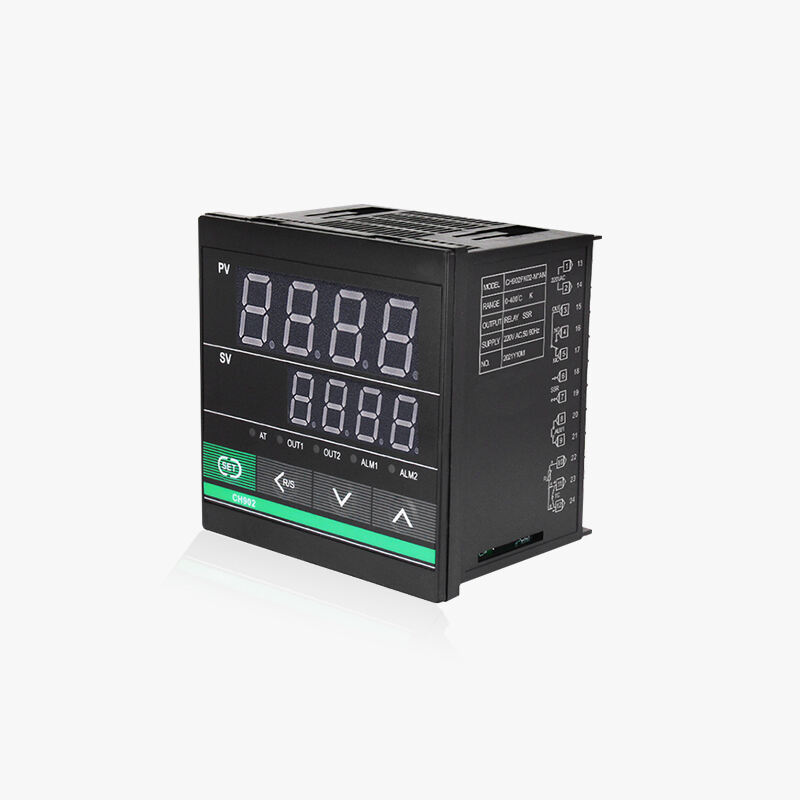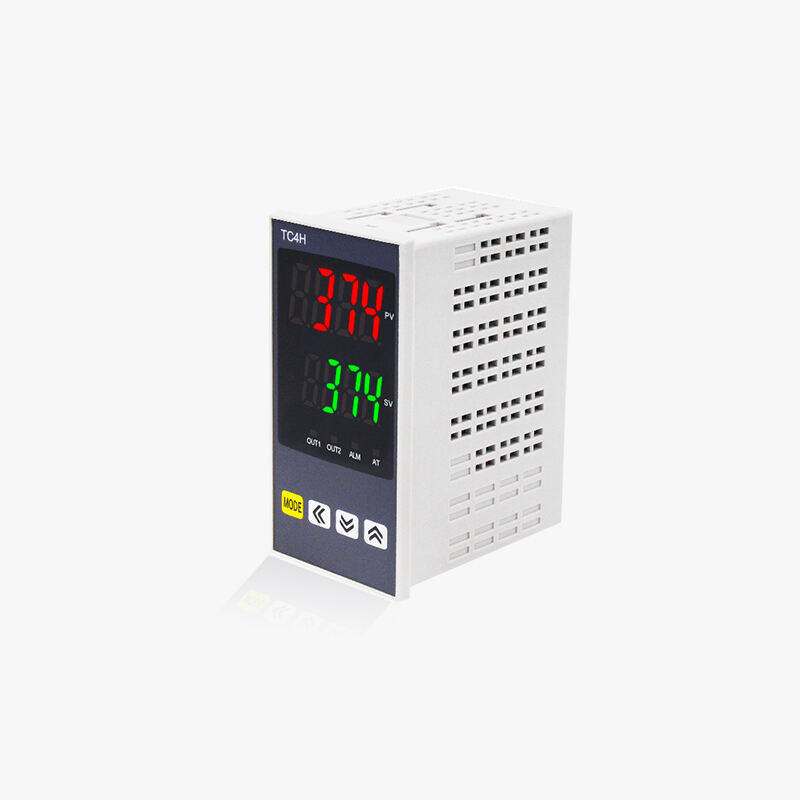Mastering Temperature Control Systems in Industrial Applications
Temperature control precision stands as a cornerstone of modern industrial processes. At the heart of this precision lies the pid temperature controller, a sophisticated device that has revolutionized how we maintain and regulate thermal conditions across various applications. From manufacturing facilities to laboratory equipment, these controllers have become indispensable tools for achieving optimal temperature management.
Understanding the intricacies of PID temperature controllers can significantly impact your operational efficiency and product quality. Whether you're working in pharmaceutical manufacturing, food processing, or materials testing, proper implementation of these controllers ensures consistent, accurate, and reliable temperature regulation.
Understanding PID Temperature Controller Fundamentals
Core Components and Their Functions
The pid temperature controller consists of several essential components working in harmony. The proportional component responds to current temperature deviations, while the integral component addresses accumulated errors over time. The derivative component anticipates future changes based on the rate of temperature variation. Together, these elements create a robust control system capable of maintaining precise temperature settings.
Modern controllers feature digital displays, intuitive interfaces, and multiple input/output options. These advancements make it easier for operators to monitor and adjust parameters while ensuring optimal performance. The controller continuously measures temperature through sensors and adjusts heating or cooling elements accordingly, maintaining the desired setpoint with remarkable accuracy.
Working Principles of PID Control
The pid temperature controller operates on a feedback loop principle, constantly comparing the actual temperature with the desired setpoint. This continuous monitoring allows for immediate corrections when deviations occur. The controller calculates the appropriate response using complex algorithms that consider all three PID components, ensuring smooth and stable temperature regulation.
Each component serves a specific purpose in the control process. The proportional term provides immediate response to errors, the integral term eliminates steady-state errors, and the derivative term improves system stability. Understanding these interactions is crucial for achieving optimal controller performance.

Initial Setup and Configuration
Hardware Installation Guidelines
Proper installation of your pid temperature controller begins with careful placement and wiring. Mount the controller in a location protected from extreme temperatures, moisture, and vibration. Ensure proper ventilation around the unit to prevent overheating. The installation area should also allow easy access for maintenance and parameter adjustments.
Connect power supplies, sensors, and output devices according to the manufacturer's specifications. Use appropriate wire gauges and types for different connections, paying special attention to sensor wiring to minimize interference. Proper grounding is essential for reliable operation and safety compliance.
Software Configuration Steps
Initial software setup involves configuring various parameters to match your specific application requirements. Begin by selecting the appropriate input sensor type and temperature range. Set the desired temperature setpoint and adjust basic PID parameters according to the system characteristics. Modern controllers often include auto-tuning features to help optimize these settings.
Configure alarm settings, control output parameters, and any additional features specific to your application. Many controllers offer communication protocols for integration with larger control systems, requiring proper setup of communication parameters and addresses.
Optimizing Controller Performance
Fine-tuning PID Parameters
Achieving optimal performance requires careful tuning of the pid temperature controller parameters. Start with conservative values and gradually adjust them based on system response. Monitor temperature stability, response time, and overshoot during the tuning process. Document all changes and their effects on system performance for future reference.
Advanced tuning techniques may involve analyzing system response curves and applying mathematical models. Some applications might require different parameter sets for heating and cooling operations. Regular review and adjustment of these parameters ensure continued optimal performance as system conditions change over time.
Implementing Advanced Control Features
Modern pid temperature controllers offer advanced features that can enhance system performance. These might include cascade control, feed-forward compensation, or adaptive tuning algorithms. Carefully evaluate these features and implement those that provide meaningful benefits for your specific application.
Consider implementing data logging and analysis capabilities to track system performance over time. This information proves valuable for preventive maintenance and process optimization. Many controllers also support custom control programs for complex temperature profiles or batch processes.
Maintenance and Troubleshooting
Regular Maintenance Procedures
Establish a routine maintenance schedule for your pid temperature controller and associated components. Regular inspection of sensor connections, power supplies, and output devices helps prevent unexpected failures. Clean display screens and keypads periodically to maintain visibility and proper operation.
Calibrate temperature sensors according to manufacturer recommendations or industry standards. Verify controller settings periodically to ensure they haven't been inadvertently changed. Keep detailed maintenance records to track component performance and anticipate potential issues.
Common Issues and Solutions
Temperature control problems often stem from sensor issues, incorrect PID settings, or hardware malfunctions. Develop troubleshooting procedures that systematically identify and resolve common problems. Monitor system behavior for signs of degrading performance or impending failures.
Build a library of spare parts for critical components to minimize downtime during repairs. Train operators and maintenance personnel in basic troubleshooting procedures and when to seek expert assistance. Document all problems and solutions for future reference.
Frequently Asked Questions
How often should PID parameters be tuned?
PID parameters should be reviewed and adjusted whenever significant changes occur in your process or at least annually. This includes changes in load characteristics, setpoint ranges, or environmental conditions. Regular monitoring of control performance can indicate when retuning becomes necessary.
What causes temperature overshooting and how can it be prevented?
Temperature overshooting typically results from aggressive PID settings, particularly high proportional gain or insufficient derivative action. Prevent overshooting by carefully tuning PID parameters, implementing proper dead band settings, and ensuring appropriate sensor placement.
How do environmental conditions affect controller performance?
Environmental factors such as ambient temperature, humidity, and electromagnetic interference can impact controller performance. Protect your pid temperature controller from extreme conditions, ensure proper enclosure ventilation, and use appropriate shielding for sensitive signal wires to maintain optimal performance.

